Search the Special Collections and Archives Portal
Search Results
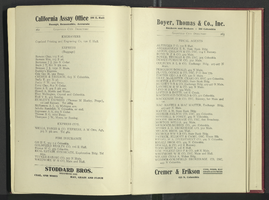
sod2021-076-135
Text

sod2021-076-136
Text
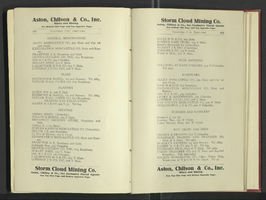
sod2021-076-137
Text
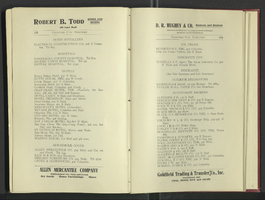
sod2021-076-138
Text
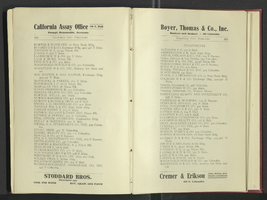
sod2021-076-139
Text
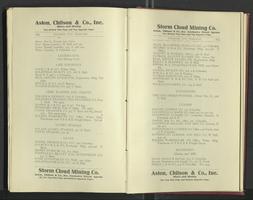
sod2021-076-141
Text
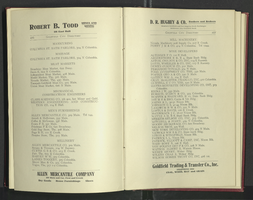
sod2021-076-142
Text
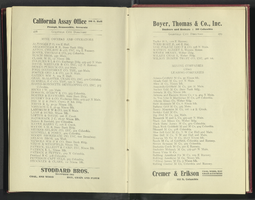
sod2021-076-143
Text

sod2021-076-144
Text

sod2021-076-145
Text
Pagination
Refine my results
Content Type
Creator or Contributor
Subject
Archival Collection
Digital Project
Resource Type
Year
Material Type
Place
Language
Records Classification
